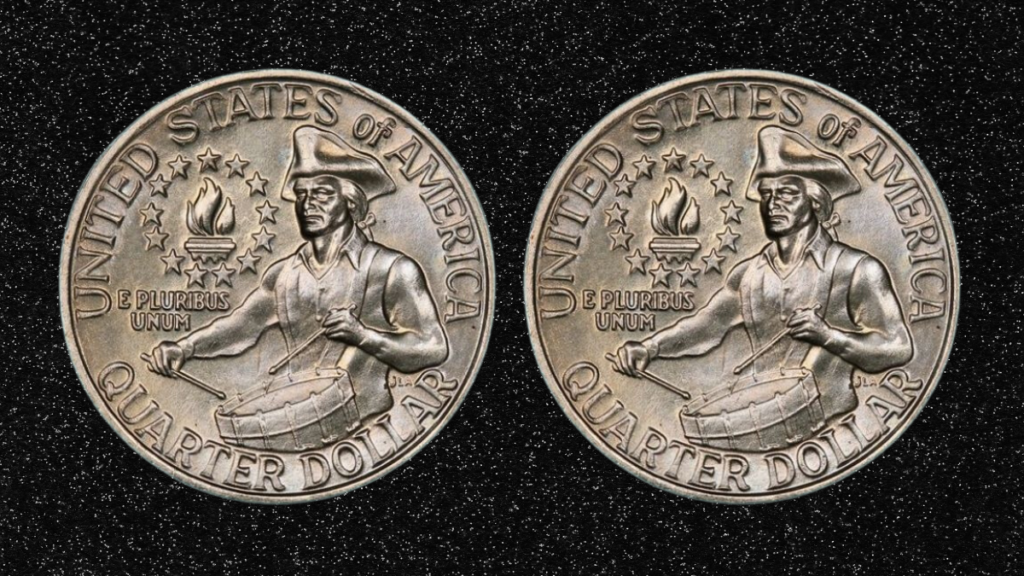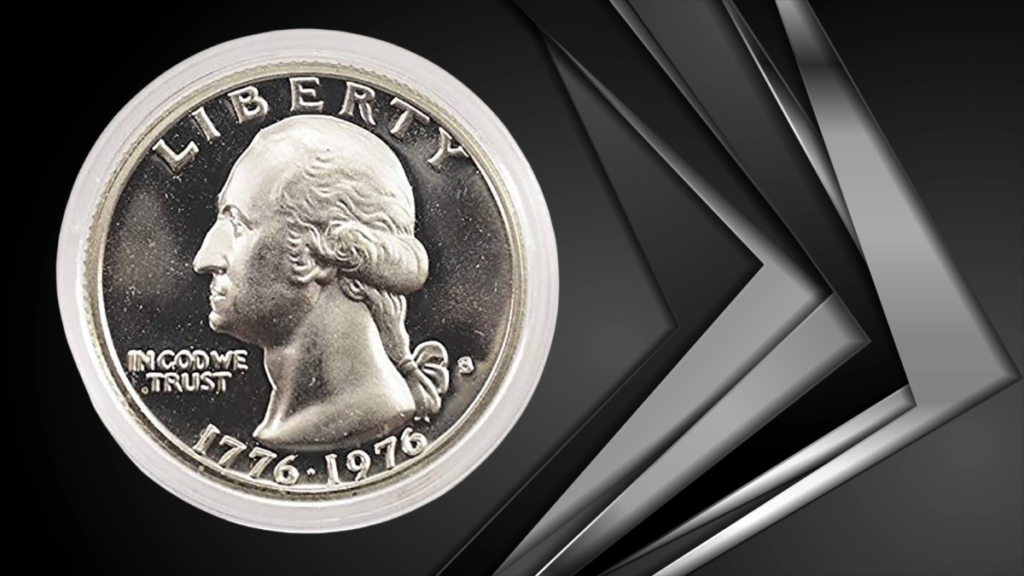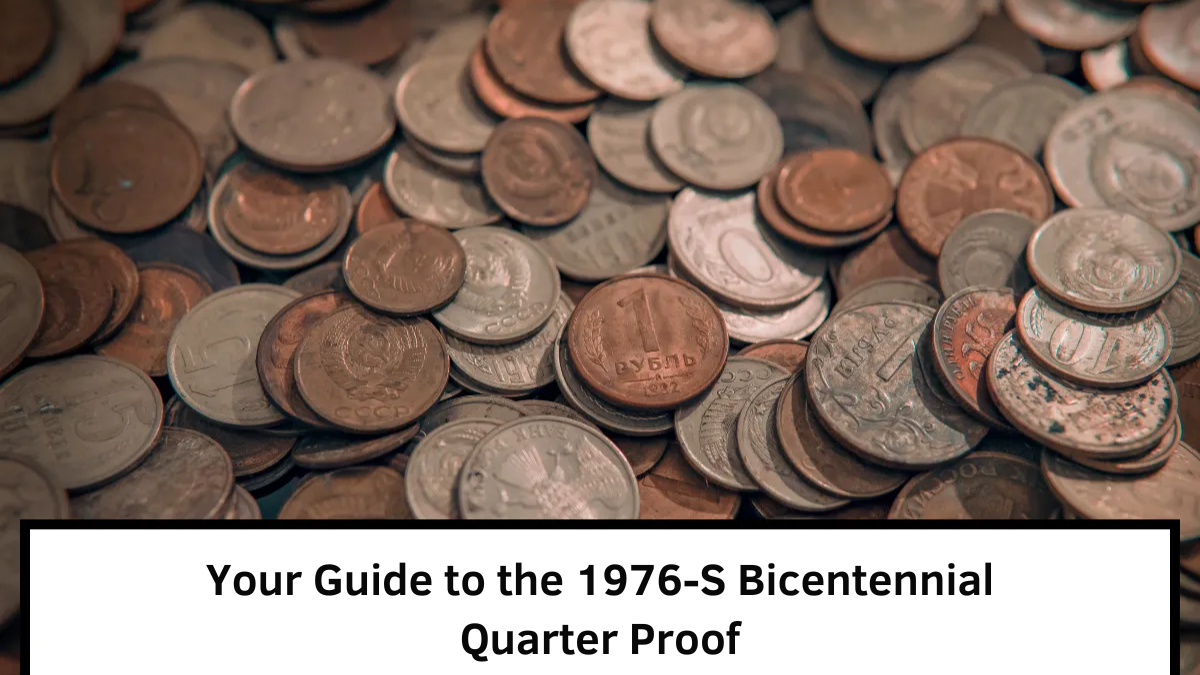The 1976-S Bicentennial Quarter Clad Proof is a prized item for collectors, representing a significant piece of American history.
This coin, part of the United States’ official Bicentennial celebration, was produced in 1975 and 1976 to mark the nation’s 200th birthday.
The design features the famous “Drummer Boy” on the reverse, created by artist Jack Ahr, making it one of the most recognizable designs from that era.
Other coins with the dual date “1776-1976” and the iconic reverse include the regular 1976 quarters minted in Philadelphia and Denver, along with special silver-clad and uncirculated versions. All of these were issued as part of commemorative sets aimed at both casual collectors and serious numismatists.
How the Bicentennial Quarter Came to Be

The idea for these commemorative coins came from the American Revolution Bicentennial Commission’s push to honor the nation’s founding with special designs.
While the U.S. Treasury initially opposed the idea due to concerns about circulation issues (based on previous commemorative coin failures), public and collector interest won out.
After intense lobbying from the numismatic community, Congress authorized the Bicentennial coin designs in 1973, which resulted in special versions of the quarter, half dollar, and dollar coins.
President Richard Nixon signed the bill into law, and the Mint set up a competition for new designs, with Jack Ahr’s drummer concept being a standout winner. It wasn’t until 1975 that the public got its first look at these coins, and they became an instant hit.
Unlocking the Secrets of 5 Legendary Coins Worth Millions
The Bicentennial Quarter Design

The 1976-S Bicentennial Quarter’s design captures the spirit of the American Revolution with its bold imagery. The obverse, or front, of the coin features the familiar portrait of George Washington, originally designed by John Flanagan.
However, it’s the reverse that truly sets this coin apart. The “Drummer Boy,” a colonial drummer, is depicted in a patriotic scene, playing a central role in celebrating the nation’s heritage. This design became iconic and is instantly recognizable, even today.
How the Coin Was Sold
The 1976-S Bicentennial Quarter was sold as part of the U.S. Mint’s Proof Set collection, which also included the half dollar and dollar coins with Bicentennial designs.
These sets were available from 1975 to 1976 and were incredibly popular, with millions of sets sold. The Proof Sets offered a high-quality finish, which appeals to collectors due to the coin’s sharp details and polished look.
Collectors’ Market and Value

Over the years, the 1976-S Bicentennial Quarter Proof has maintained a steady presence in the collectors’ market. While the coin is not exceedingly rare, condition plays a significant role in its value.
The $500 Billion Coin Hunt: Discover 4 Rare Bicentennial Quarters Worth a Fortune
Coins graded PR70, the highest possible proof quality, have fetched impressive prices at auction, sometimes reaching over $900. However, more commonly, these coins sell in the range of $90 to $150, depending on their condition and demand at the time.
Despite being minted nearly five decades ago, the 1976-S Bicentennial Quarter continues to be sought after, not only for its historical significance but also for its aesthetic appeal.
Final Thoughts
For coin collectors, the 1976-S Bicentennial Quarter Proof offers a unique opportunity to own a piece of history. Its design, craftsmanship, and connection to America’s Bicentennial make it a standout in any collection.
Whether you’re a seasoned numismatist or just starting, this coin is a must-have for anyone interested in U.S. history or rare coins.

